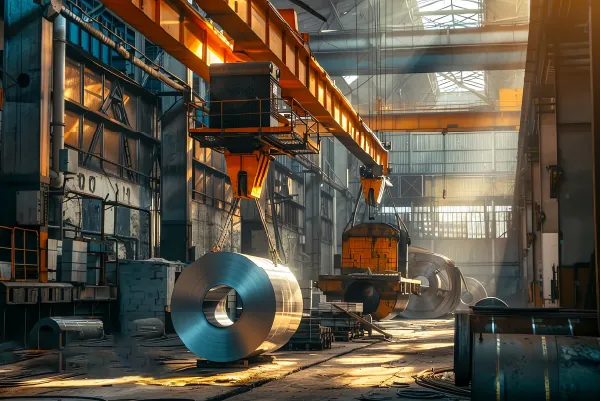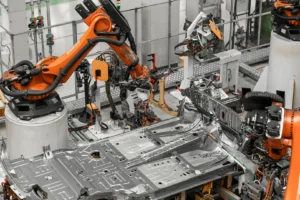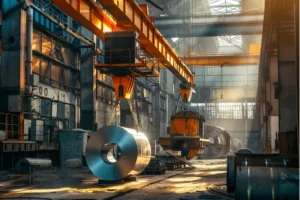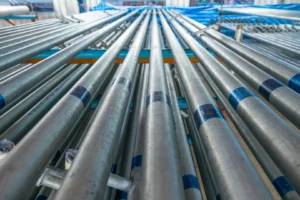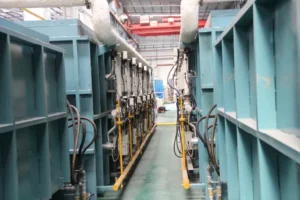MFY's Integrated Sourcing: A Direct Link to Stainless Steel Manufacturers
Complex supply chains cause project delays and increase costs. This uncertainty hurts your bottom line and reputation. Our integrated sourcing[^1] provides a direct, efficient link to top manufacturers.
MFY's integrated sourcing creates a direct link by eliminating intermediaries, streamlining procurement processes, and fostering deep collaborations with top stainless steel manufacturers. This model enhances supply chain efficiency, reduces costs, and ensures a reliable flow of high-quality materials for our global partners.
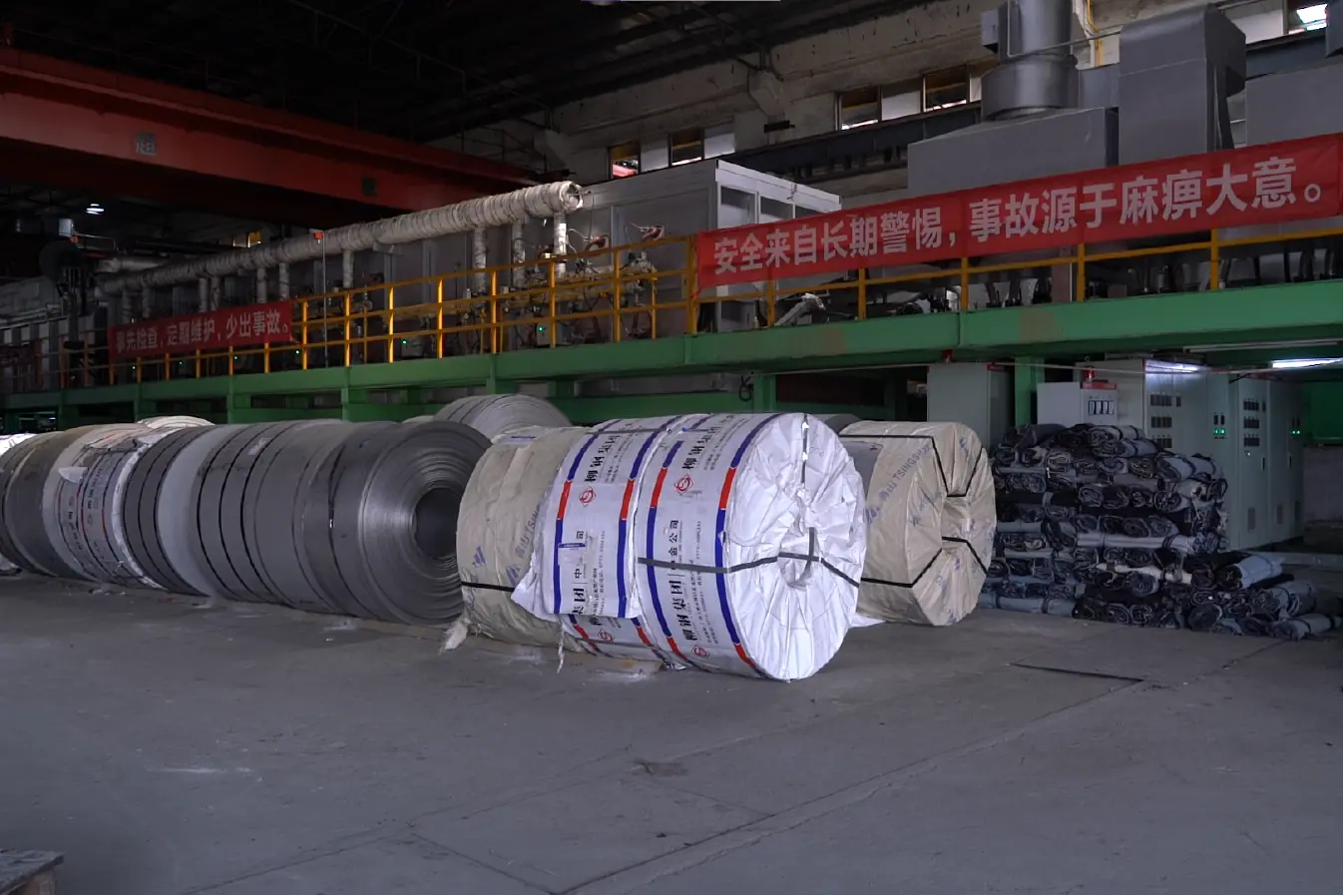
In today's fast-paced global market, the efficiency of your supply chain is a critical competitive advantage. The traditional, multi-layered approach to sourcing stainless steel is becoming obsolete, burdened by inefficiency, opacity, and unnecessary costs. At MFY, we recognized this challenge years ago and engineered a solution built on a simple but powerful idea: a direct connection. This integrated model is the core of our philosophy, and understanding how it works is key to unlocking new levels of performance for your business. Let's explore the foundations of this approach and the tangible benefits it delivers.
What is the background of MFY's integrated sourcing approach in the stainless steel industry?
The old way of sourcing was slow, complex, and unreliable. This created constant uncertainty and business risk. We decided to build a new model based on direct integration and partnership.
MFY's integrated sourcing approach was born from the need to overcome the inefficiencies of traditional, multi-layered supply chains. We developed a direct-to-manufacturer model to provide our partners with greater transparency, speed, and control over their stainless steel procurement.
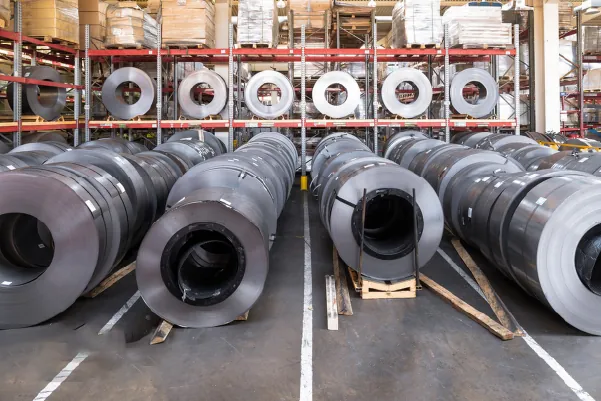
When I first entered this industry, the supply chain was a tangled web of traders, agents, and brokers. Each layer added cost, communication delays, and a potential point of failure. A simple request for stainless steel coil could pass through four or five different hands before it even reached the mill. This fragmentation was the accepted norm, but we saw it as a fundamental problem. It created a system that was slow to react to market changes and lacked the transparency our clients deserved. At MFY, our vision was to build something better—a more agile and resilient system. We began by forging direct relationships with China's leading stainless steel producers, building a foundation of trust and mutual understanding. This was the beginning of our integrated sourcing model.
From Fragmentation to Integration
Our philosophy was to shorten the distance between the production line and the end-user. By removing unnecessary intermediaries, we could streamline the entire process, from order placement to final delivery. This wasn't just about cutting costs; it was about creating a more responsive and reliable supply chain. We invested heavily in logistics, quality control, and communication systems to manage this direct link effectively. This shift allowed us to provide our partners with real-time information and a level of service that was simply impossible in the old, fragmented system.
The MFY Philosophy in Action
This direct approach is embedded in our company's DNA. It reflects our core values of agility and continuous evolution. We don't just act as a supplier; we become an integrated part of our client's procurement team. The table below shows the clear difference between the old way and the MFY model.
| Feature | Traditional Model | MFY Integrated Model |
|---|---|---|
| Communication | Multi-layered, slow | Direct, fast |
| Pricing | Multiple markups | Transparent, competitive |
| Lead Times | Long and unpredictable | Short and reliable |
| Accountability | Diffused | Single point of contact |
| Flexibility | Low | High |
This transformation from a complex, transactional process to a streamlined, partnership-based model is the bedrock of our success and the value we bring to every client.
How does MFY's current sourcing strategy benefit its clients?
Unpredictable costs and long lead times threaten your bottom line. This makes planning difficult and erodes your profit margins. Our direct sourcing model delivers stability, savings, and peace of mind.
Clients benefit from MFY's strategy through significantly reduced lead times, competitive pricing by cutting out middlemen, and enhanced supply chain resilience. This direct link ensures consistent quality, greater transparency, and the agility to adapt to changing project requirements.
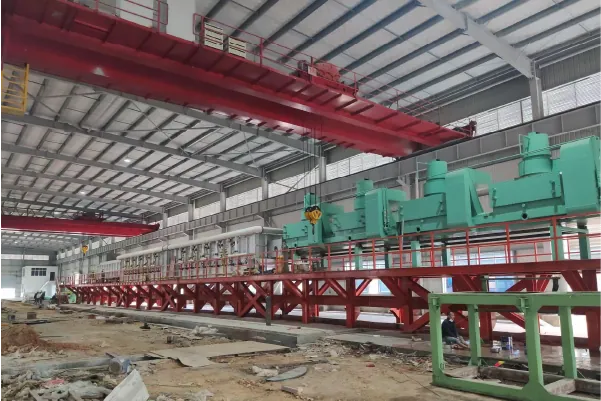
The theoretical advantages of an integrated supply chain are one thing, but the real-world impact on our clients' businesses is what truly matters. Every day, we see how our direct-to-manufacturer model translates into tangible benefits that give our partners a competitive edge. It’s about more than just steel; it’s about delivering certainty in an uncertain world. I remember a client in Germany, an engineering contractor, who was struggling with volatile pricing from local distributors for a large infrastructure project. By switching to our direct sourcing model, they locked in a stable price, secured their material supply, and ultimately completed their project under budget. This is the kind of impact we strive for.
Cost-Effectiveness Through Disintermediation
The most immediate benefit our clients notice is cost savings. By eliminating the layers of brokers and agents, we remove the associated markups. This means you get pricing that is closer to the source, allowing for better margins on your projects or more competitive pricing for your own customers. It's a straightforward equation: a shorter supply chain means a lower final cost. This isn't a one-time discount; it's a structural advantage built into our business model.
Enhanced Agility and Speed
In modern manufacturing and construction, speed is critical. Our direct link to manufacturers allows us to shorten lead times dramatically. We can coordinate production schedules, manage logistics, and expedite shipments with an efficiency that is impossible in a traditional chain. When a client has an urgent need or a change in specifications, our direct communication channels allow us to respond quickly. This agility helps our partners avoid costly project delays and adapt to changing market demands without missing a beat. This responsiveness is a cornerstone of the service we provide.
What challenges do stainless steel manufacturers face in the current market?
Market volatility is a constant threat for manufacturers. Fluctuating raw material prices and unpredictable demand create instability. A stable, direct partnership is the answer to navigating this chaos.
Stainless steel manufacturers currently face challenges like raw material price volatility, complex global logistics, fluctuating market demand, and intense competition. These factors create pressure on production planning, profitability, and maintaining a consistent order pipeline.
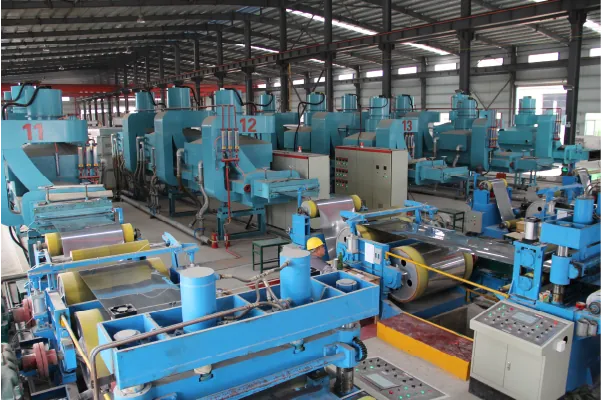
While our focus is on serving our clients, our integrated model is a two-way street. It only works because we also understand and address the significant challenges faced by the stainless steel producers themselves. The market they operate in is incredibly complex and often volatile. By understanding their pressures, we can build stronger, more resilient partnerships that benefit everyone in the supply chain. These are not abstract problems; they are daily realities for the mills that produce the high-quality materials our clients depend on. We see our role as a stabilizing force, helping them navigate these turbulent waters so they can focus on what they do best: making world-class stainless steel.
The Volatility of Raw Materials
The price of key raw materials like nickel and chromium can fluctuate wildly due to geopolitical events, mining disruptions, and shifts in global demand. This volatility makes it extremely difficult for manufacturers to set stable prices and manage their production costs. A sudden spike in nickel prices can erase a mill's profit margin on an existing order, creating significant financial risk. They need partners who can help them manage this exposure through intelligent forecasting and committed order volumes.
Navigating Global Logistics and Demand
The global supply chain has become increasingly complex. Manufacturers face challenges with everything from container shortages and port congestion to navigating intricate customs regulations in different countries. On top of this, global demand can be unpredictable. A slowdown in one region's construction sector can lead to oversupply, putting downward pressure on prices and forcing mills to scale back production. This stop-and-start cycle is inefficient and costly. They need a consistent and reliable channel to international markets to maintain steady production flow.
| Challenge | Primary Impact on Manufacturers |
|---|---|
| Raw Material Volatility | Unpredictable production costs and squeezed profit margins. |
| Logistical Complexity | Delivery delays, increased shipping costs, and supply chain disruptions. |
| Fluctuating Demand | Difficulty in production planning, leading to over/under capacity. |
| Intense Competition | Constant pressure on pricing and the need for continuous innovation. |
How does MFY address these challenges through its integrated sourcing solutions?
Manufacturers need reliable partners to navigate market chaos. Without a stable pipeline, growth and planning are nearly impossible. MFY acts as a strategic ally, providing stability and predictable demand.
MFY addresses these challenges by providing manufacturers with a stable and predictable demand channel. Our integrated model streamlines logistics, absorbs some market volatility through long-term planning, and fosters a collaborative partnership that ensures operational continuity and mutual growth.
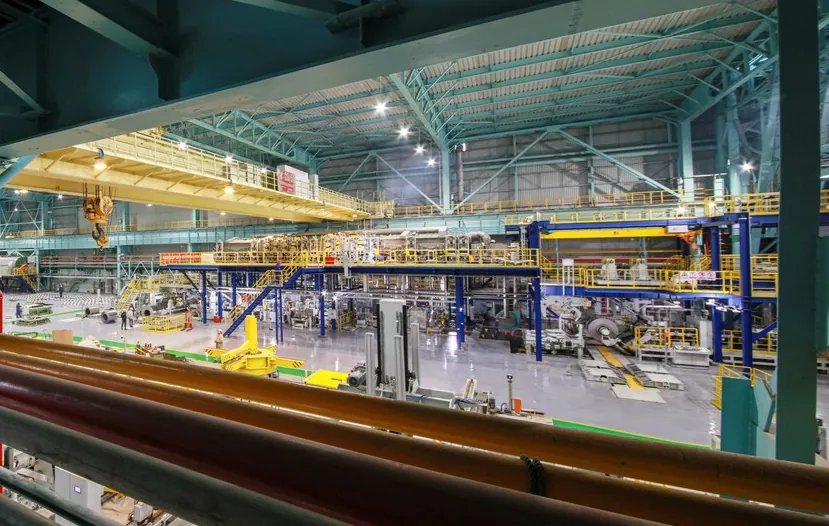
Our integrated model is designed to be a solution not just for our clients, but for our manufacturing partners as well. We don't just place orders; we build strategic alliances. By creating a bridge between the stable, aggregated demand of our global clients and the production capacity of the mills, we create a more predictable and efficient ecosystem for everyone. I recall a period of market downturn a few years ago when many mills were forced to cut production. Because of our strong client relationships and forward planning, we were able to provide one of our key manufacturing partners with a steady stream of orders, allowing them to keep their production lines running while competitors struggled. This is the power of a true partnership.
Creating Demand Stability
One of the biggest values we offer to manufacturers is a consolidated and predictable order pipeline. Instead of dealing with hundreds of small, sporadic orders, they work with MFY as a single, reliable source of demand. We work closely with our clients to forecast their needs, allowing us to place large, long-term orders with the mills. This stability enables manufacturers to plan their production schedules more effectively, optimize their raw material purchases, and run their operations at a higher level of efficiency. It transforms a volatile sales environment into a manageable production plan.
Streamlining the Entire Supply Chain
Our expertise isn't just in sales; it's in end-to-end supply chain management. We handle the complexities of global logistics, from factory floor to final destination. This includes managing export documentation, coordinating shipping, and navigating customs. For the manufacturer, this means they can focus on production without getting bogged down in the administrative and logistical burdens of international trade. We become their outsourced logistics department, ensuring their product reaches the global market smoothly and efficiently. This seamless integration removes friction and cost from the system, benefiting both the producer and the end-user.
What are the technical recommendations for improving sourcing efficiency in the stainless steel industry?
Old sourcing methods are inefficient in a digital world. Relying on phone calls and emails means you are falling behind competitors. You must embrace technology for a smarter, faster supply chain.
To improve sourcing efficiency, the industry should adopt digital platforms for real-time inventory tracking, utilize data analytics for demand forecasting, and implement integrated communication systems between suppliers and buyers. These technologies create a more transparent and responsive supply chain.
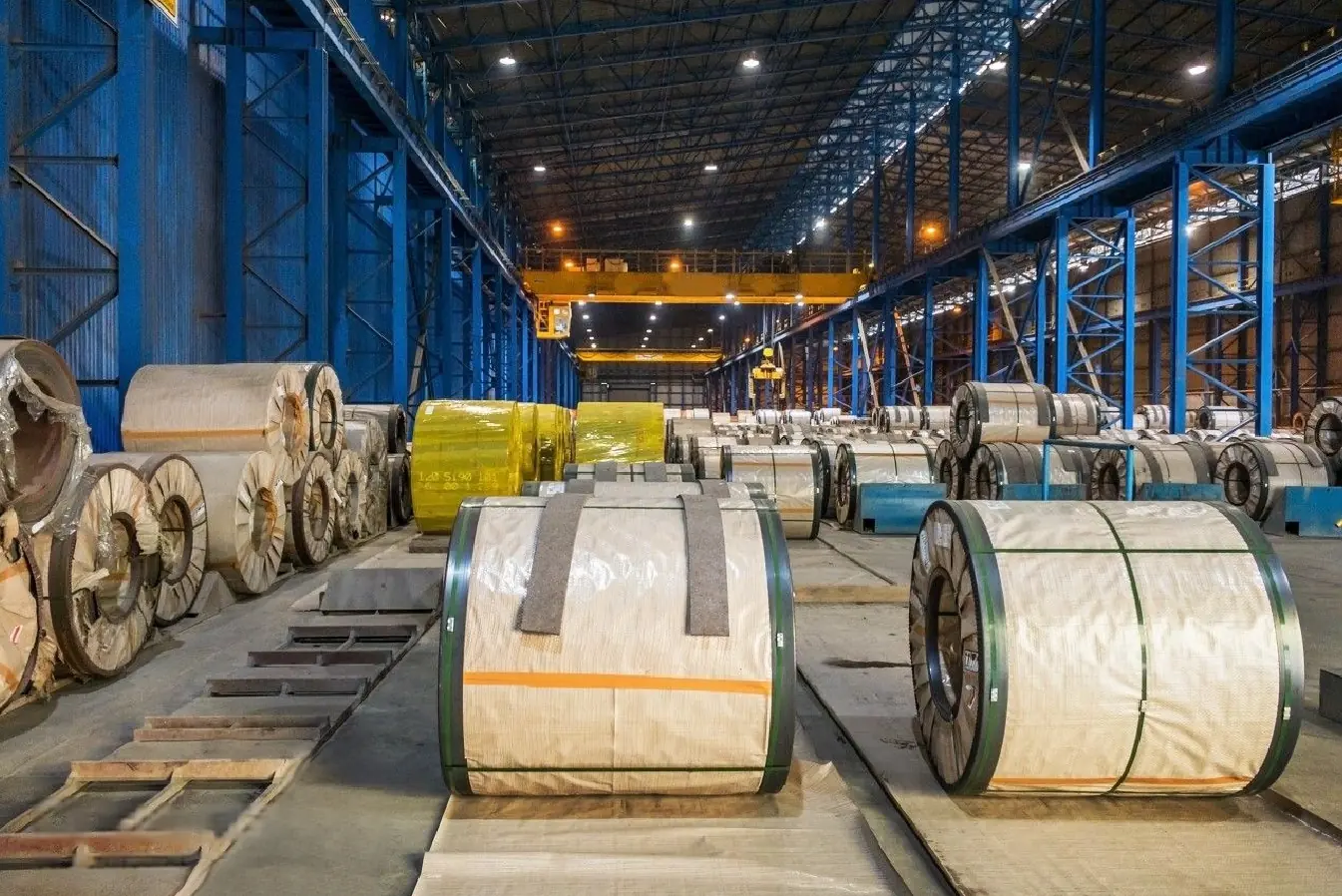
Looking ahead, the future of efficient sourcing lies in the smart application of technology. At MFY, we are not just participants in the supply chain; we are innovators seeking to redefine it. We believe that integrating digital tools is the next logical step in our mission to create the most direct and transparent link between manufacturers and users. The days of relying solely on spreadsheets and email chains are numbered. The industry leaders of tomorrow will be those who harness the power of data and digital platforms to create intelligent, predictive, and highly efficient supply chains. We are actively investing in these areas to bring even greater value to our partners.
The Power of Digitalization
The first step is to move away from analog processes. Implementing shared digital platforms where clients, MFY, and manufacturers can view order statuses, track shipments, and access documentation in real-time is crucial. This creates a "single source of truth" that eliminates confusion, reduces administrative work, and speeds up communication. It transforms the supply chain from a series of disconnected steps into a single, visible, and manageable workflow.
Data-Driven Decision Making
Beyond basic tracking, the real power comes from data analytics. By analyzing historical order data, market trends, and logistical performance, we can build predictive models for demand forecasting. This allows us to work with our clients and manufacturing partners to anticipate future needs, optimize inventory levels, and proactively address potential bottlenecks before they become problems. It’s about moving from a reactive to a proactive management style.
| Technology | Core Benefit for Sourcing |
|---|---|
| Integrated Digital Platforms | Real-time visibility and a single source of truth for all stakeholders. |
| AI & Data Analytics | Accurate demand forecasting and predictive insights to prevent disruptions. |
| IoT Sensors | Live tracking of materials and shipments for enhanced logistical control. |
| Blockchain | Secure and transparent traceability of materials from mill to final destination. |
By embracing these technologies, we can build a stainless steel supply chain that is not only efficient and cost-effective but also intelligent and resilient enough to meet the challenges of the future.
Conclusion
A direct, integrated sourcing model is no longer just an option; it's essential for success in the modern industrial landscape. At MFY, we provide this direct link, ensuring our partners achieve greater efficiency, significant cost savings, and true resilience in a competitive global market.
Have Questions or Need More Information?
Get in touch with us for personalized assistance and expert advice.
